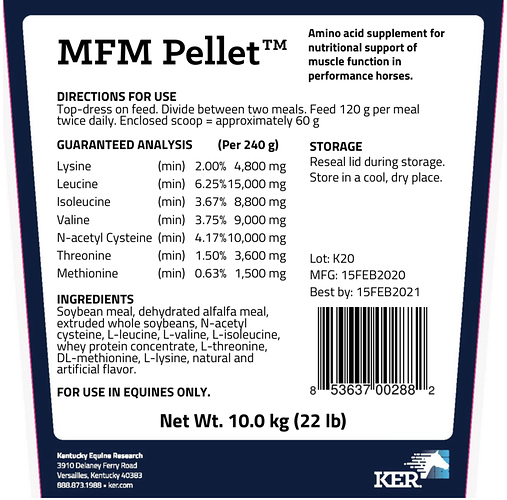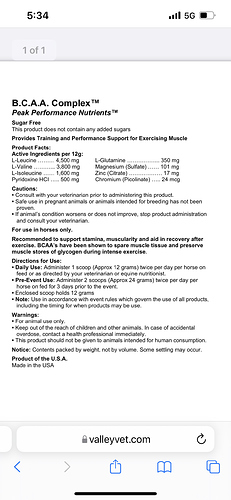But if there was some soft tissue stress due to low angles, it can take months to heal. And if you have been working the horse during this time or he’s on turnout, it may be delaying healing. I’m not saying you shouldn’t have been working him or the horse should have been on stall rest. A nerve block of the whole hoof would be a pretty cheap way to confirm that the foot is not bothering the horse at all.
Then moving forward with rehab and retraining for the compensation he may have been doing is a good idea. Those Sure Foot Pads might be helpful for retraining the muscles of the shoulder sling.
I have a coming 4 year old WB who is not a forward horse, has a low pressure threshold, etc. and I will admit I’m not looking forward to his 5 and 6 year old years when it seems like a lot of young horses start throwing around their strength to get out of work. You may be in the same situation with this horse, but knowing there was a physical issue, I’d still follow up with a block.


